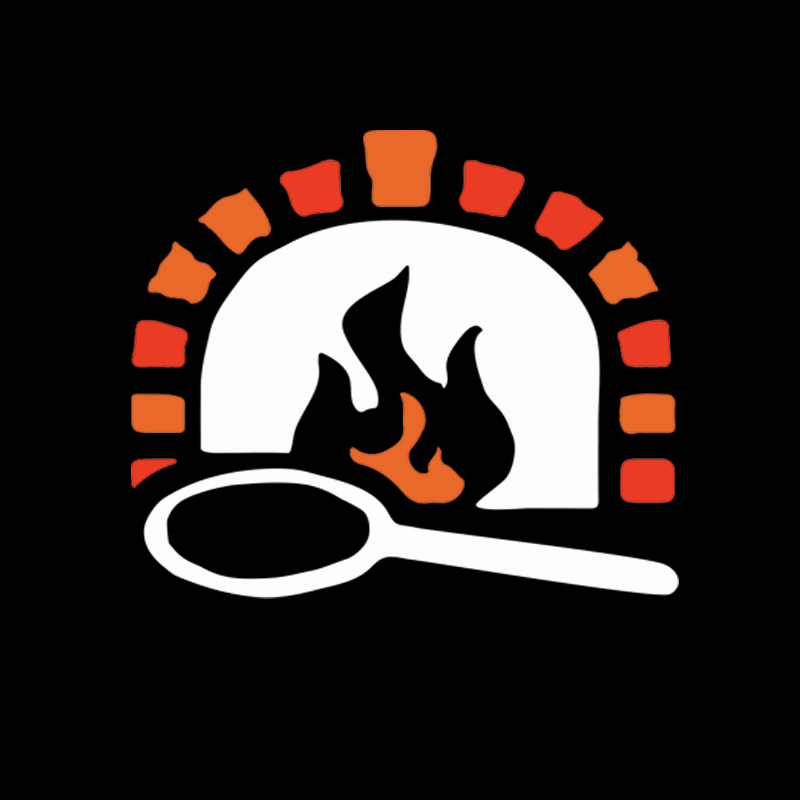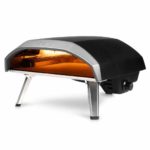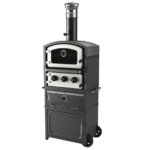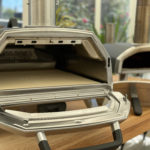What is a Pizza Peel?
By Robert Parsons April 17th, 2023
A pizza peel, known by others as a slider, shovel, or paddle, is a baking tool consisting of a wide, flat surface and a long handle. It is commonly used in commercial settings, where bakers prepare several batches of dough in large ovens.
Peels or paddles are becoming quite popular among gourmets who make pizza in their kitchens. Some home cooks say that using one of these gives dishes an air of authenticity. And they’re not wrong, I would be pretty impressed if a friend cooked with this. But this is a pretty important kitchen tool for several reasons.
What is This For?
One crucial detail about making pizza that home cooks usually don’t know is that ovens should be extremely hot (about 250 degrees Celsius or 450-500 degrees Fahrenheit) before you slide your raw dish in. The high heat will cause the dough to rise immediately, cooking both the bread and the toppings. The crust will come out flat, doughy, and almost wet without pre-heating.
With that in mind, here are the reasons for needing that baking peel.
Reducing Possible Injuries
According to a report, thermal burns rank high on the list of restaurant injuries, after accidental slips and knife cuts. Unintentionally touching an extremely hot oven, as described above, can bring about terrible results.
Many pizzeria cooks will agree that using the paddle is more for protection. Because of the long handles measuring up to 40 inches, the user can reach the innermost part of a large brick oven while still having enough distance from the hatch.
Better Pizza Maneuvering
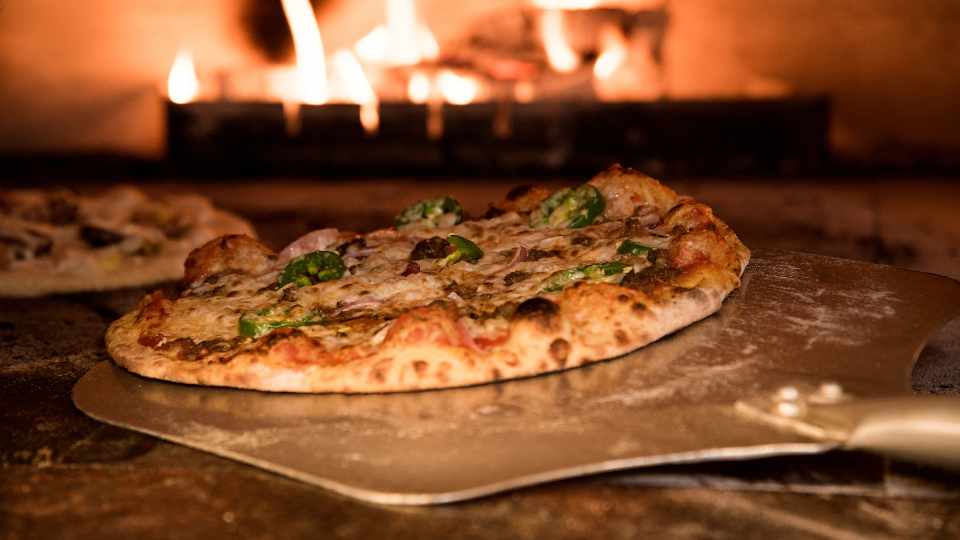
The other equally important reason for using the peel is to be able to move the pizza around. There are three main tasks professional bakers do to obtain good results every single time:
- – Safely sliding the pizza into the oven
Transferring the pizza from the counter into the oven is not as easy as one thinks. The dough could get deformed or torn in the process without the right gadget. Do take note that using the peel does require some practice to get things right, but it helps a great deal.
- – Rotating the pizza in the oven
Home cooks don’t need to do this because most use convection ovens are enabled to provide proper heat distribution. But this is a must-do in traditional ones made of stone or brick to ensure that the crust doesn’t stick at the base or get burned while the toppings are getting cooked through.
- – Pulling out the finished product
Once the pizza is done, the cook takes it out of the oven by carefully slipping the paddle under the crust and then pulling it out before transferring it onto a serving plate.
Other functions
Restaurant-style paddles only have one use, as described above. However, home cooks very rarely purchase items with just one specific function. And this is a fact shrewd entrepreneurs know so they are coming up with petite versions with shorter handles that double as some other kitchen item, like a serving dish or charcuterie board.
Pizza Peel Shopping: A Simple Guideline
If you are thinking of buying one, here are some factors to take into consideration.
Dimensions
This refers to the shape, size, and thickness of the main board. Professional sliders are wider so they can carry different pizza sizes. They also have contoured edges to be able to manoeuvre the pizza at any angle. On the other hand, peels for home use are squarish since most kitchen ovens are similarly-shaped.
Handle length
Restaurant paddle handles are longer. Some are even custom-made because most commercially available ones measure up to 40 inches – still too short for some pizzerias. Peel handles for home use are shorter, enough to hold them by the fist.
Material Used
This tool is made from three types:
- – Wooden
This is considered by some to be the best type of pizza peel because the raw dough doesn’t stick to it and it looks beautiful in that rustic kind of way. It does pose some problems, though. First, it’s hard to find a really thin one so it’s hard to slip it under the dough without ruining it in the process. Second, maintenance is a pain. And third, it could get burned when used repeatedly.
- – Metal
Although wood is ideal for traditionalists, metal is a favourite because clean-up is a breeze, the material is long-lasting, and it is incredibly thin. However, uncooked dough sticks to it fast, making that single swiping action almost difficult to accomplish.
- – Composite
Often made from wood and resin, this type has the coveted traditional wooden appearance but with better properties. For one, it can be made thinner, albeit not as thin as metal. It also doesn’t require regular mineral oil rubs or longer air-drying.
Cost
Peels with wider bases and longer handles are, naturally, pricier. Customizing it, as most restaurants do, would make it even more expensive. But the component which brings the price up is the material used.
Make the Peel Last Long
If you’re a serious home cook that you bothered to have a huge brick oven installed at home and invest in these special tools, you might as well take good care of all of them. Here are some tips for maintaining your wooden paddles:
- Immediately after use, carefully wipe the crumbs off the board and then wash with warm soapy water right to get rid of the grease. Let it air dry on a rack.
Never place it inside the oven to hasten the drying process because the wood might crack. Throwing this inside the dishwasher is also a big no-no because the combination of water and heat could warp it.
- It’s best to hang this instead of keeping it inside the drawer. But if you don’t have hooks in your kitchen, make sure that it is completely dry before storage.
- Seasoning the peel every three to six months is recommended. Mineral oil should be slathered all over the surface, letting it seep into the wood for a few minutes. Don’t use vegetable oil because it could go rancid, ruining the whole piece.
Do You Need This?
If you don’t own a restaurant, it’s understandable if you forego this tool and use regular kitchen tools to slide your pizza into the oven and from it. A spatula and regular oven mitts can actually do the trick.
But if you’re planning to start a small pizzeria, this is a must-have. Not only will it create perfect pizzas every single time, but it will also protect you and your cooks from painful burns and scrapes.
